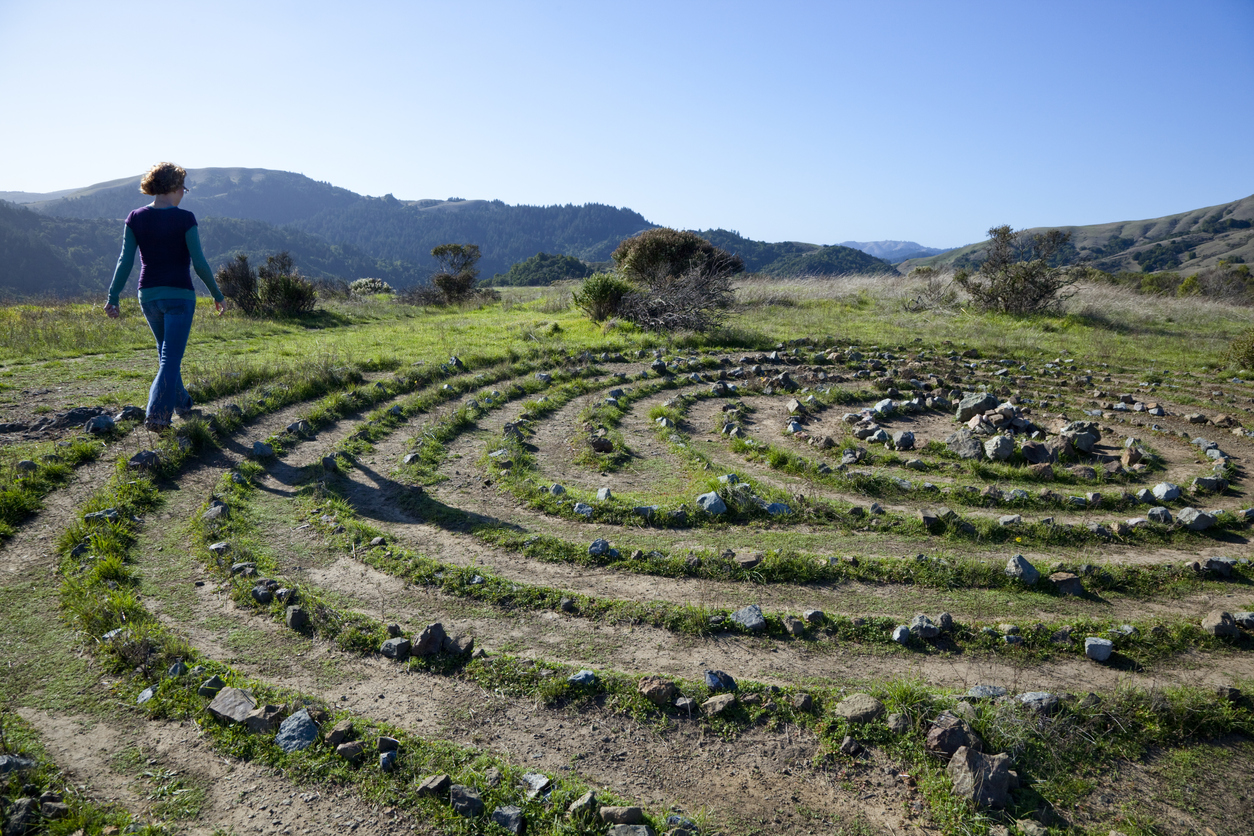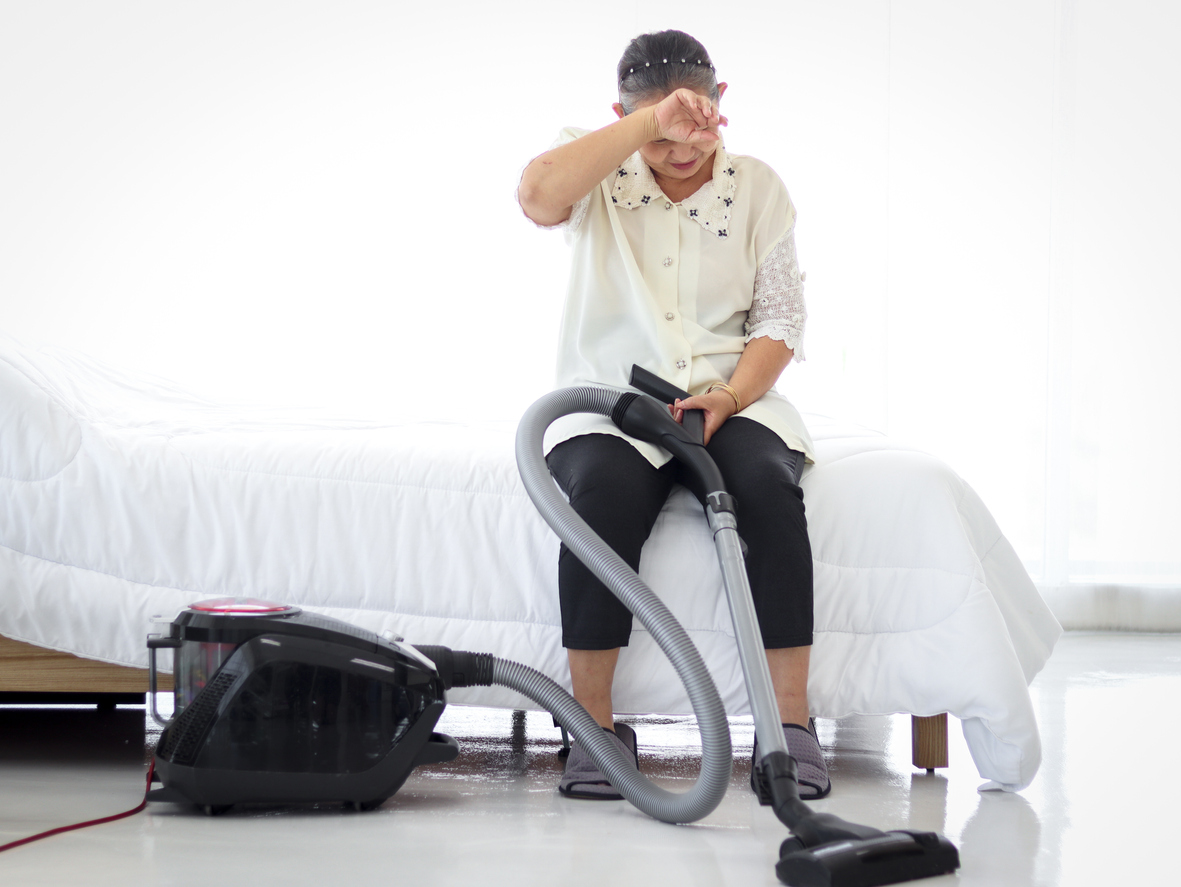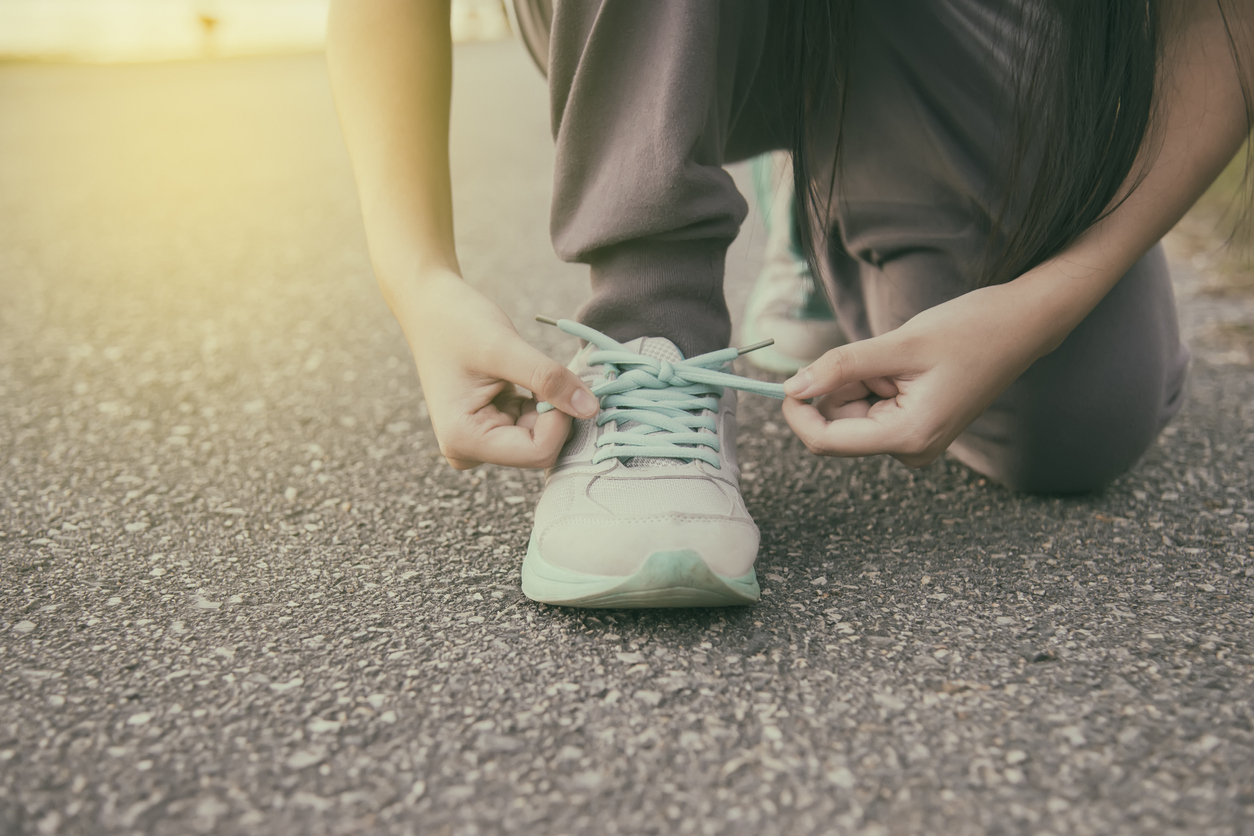Wellness
Tips for Choosing Walking Shoes

Walking is one of the least expensive and easiest forms of physical activity. It only requires a pair of sneakers, a place to walk, and the motivation to begin. Once a walking routine is established, the length and intensity can be modified based on individual goals and abilities.
A key piece of equipment needed by anyone who walks regularly is a good pair of walking shoes. This is especially true if you experience chronic pain. The wrong shoe can easily cause undue pain. Below are tips that can help guide you through the process of finding a pair of walking shoes that best suits you.
If the shoe fits, wear it
The most important aspect of a good walking shoe is not the type of heel or whether it has stability support. In order for a walking shoe to be efficient, it must fit properly. To ensure a good fit, visit an athletic shoe store that offers foot analysis. This can help determine what type of walking shoe is best suited to your size, shape, and pressure points.
The right type of shoe
Walking and running shoes are functionally different, and they are built in ways that are better suited to their own use. When running, shoes strike the ground at the midsole. They should have a flared, built-up heel for stability and softer impact. While walking, you strike the pavement with the heel; therefore, a different type of shoe is needed.
Motion control
If your foot tilts too far inward towards the arch, motion-control shoes can help to compensate for the tilt. They are also beneficial if weight or mobility issues, such as weak knees or hips, are a concern. Motion-control shoes help balance your stride while walking by offering firmer support. For severe cases, custom shoes or orthotic insoles may be recommended.
Components of a good walking shoe
A walking shoe should have certain components, which include the following:
- Place the shoe on the floor and poke the toe. The shoe should rock slightly.
- Twist the shoe. It should twist latitudinally and bend easily at the ball of the foot.
- The heel should be no more than an inch higher than the ball of the foot, with no flare.
- The insole should contour the foot comfortably.
- The area between the tread and the cloth upper should be supportive and flexible.
- The area of the shoe that holds the back of the heel should be snug, but not tight.
- The toe box should have enough room for toes to move freely, with between one-half and one thumb’s width from the end of the longest toe to the tip of the toe box.
Tips for fitting
Guidelines for a proper fit include the following:
- Take dimensions of both feet while standing, since they may be different sizes.
- Feet tend to swell throughout the day; therefore, measurements should be taken at the end of the day.
- Try on both shoes with regular socks and walk around for a while to make sure they fit properly.
- Shoes are too small if they instantly feel tight.
- Arch supports or orthotics may be needed to obtain the best fit.
Additional source: Verywell Fit


















